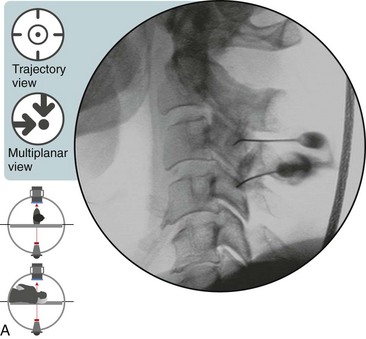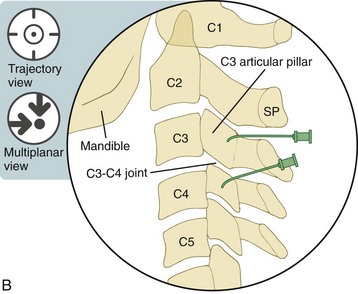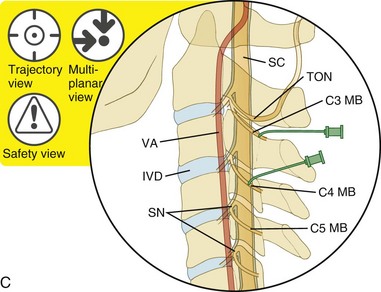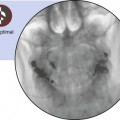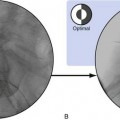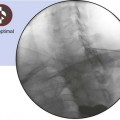Chapter 33 Cervical Zygapophysial Joint Nerve (Medial Branch) Injection, Lateral Approach
Note: Please see page ii for a list of anatomical terms/abbreviations used in this book.
The cervical Z-joints are a well-documented source of acute and chronic neck pain. Symptomatic cervical Z-joints typically produce axial pain. In addition, the upper Z-joints may demonstrate sclerotomal referral patterns that radiate superiorly and anteriorly to involve the head, whereas the lower joints demonstrate patterns that radiate inferiorly and laterally to involve the shoulder and the upper thoracic region.1 The patient’s history, physical examination, and imaging studies will be suggestive of but not specific for Z-joint pain. The standard for the diagnosis of Z-joint pain is either possibly intraarticular Z-joint injection or medial branch blockade.2 Cervical medial branch blocks may have a therapeutic benefit.3 Each Z-joint is innervated by two medial branch nerves. Typically, a lateral projection is best suited for cervical medial branch blockade, especially for the upper segments. The foraminal oblique view (Chapter 3) will assist in visualizing the lower segments, particularly at C7, which may be obscured on a lateral view.
Special attention should be made to Figure 33–10, which illustrates the variability of the cervical medial branch nerves’ anatomical courses.
 Trajectory View (Figure 33–1)
Trajectory View (Figure 33–1)
Tilt the fluoroscope cephalad or caudad.
Oblique the fluoroscope minimally (i.e., keep it near neutral).
 Note that a slight degree of obliquity may be required to superimpose the articular pillars to obtain a trapezoid view.
Note that a slight degree of obliquity may be required to superimpose the articular pillars to obtain a trapezoid view.
Confirm the level by counting inferiorly from C2.
 The target needle destination depends on the targeted medial branch.
The target needle destination depends on the targeted medial branch.
 The needle is advanced by remaining parallel with the fluoroscopic beam until the periosteum is encountered.
The needle is advanced by remaining parallel with the fluoroscopic beam until the periosteum is encountered.
 To differentiate ipsilateral from contralateral cervical medial branches, use one of the techniques described in Chapter 3.
To differentiate ipsilateral from contralateral cervical medial branches, use one of the techniques described in Chapter 3.
 Optimal Needle Position in Multiplanar Imaging
Optimal Needle Position in Multiplanar Imaging
The multiplanar images include lateral, anteroposterior, and foraminal oblique.


